First Time in Buenos Aires? 5 Things I Loved!
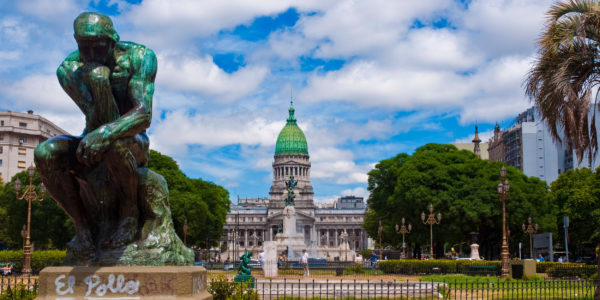
The first time you visit any city, you can’t do it all. Sometimes budget constraints limit options, or the allotted time slips away. Thanks to a great itinerary put together by Yampu Tours, I experienced some of the best of Buenos Aires over 4 days in a way that made me want to return. I’m sure I’ll go back for more….
1. Buenos Aires’ varied neighborhoods from La Boca to Recoleta
A city of immigrants, Buenos Aires’ natives proudly refer to themselves as a ‘porteños’ meaning a person who hails from B.A. The first European settlers laid roots in the southern reaches of the city, in San Telmo (16th C) and later, as the bustling port city grew, dockside in La Boca (19th C.). These two districts are well-known for their colorful fronts, passion for soccer (Boca Juniors), the gritty working class vibe and tango birthright.

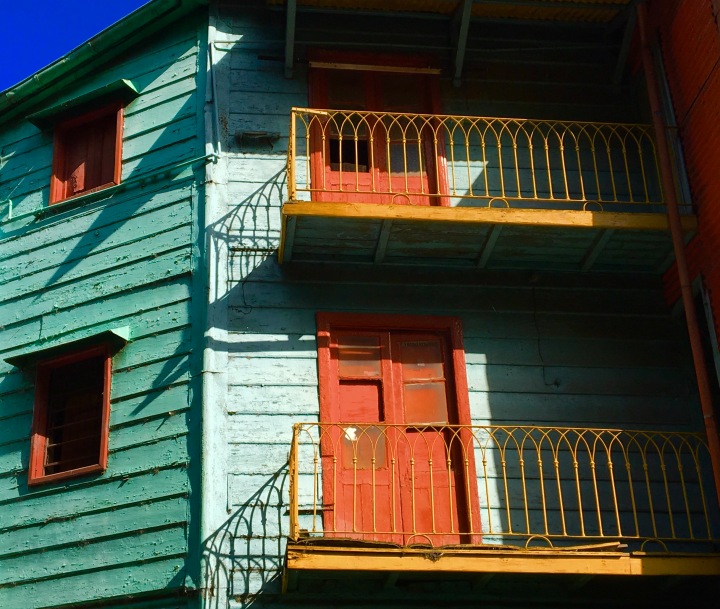

The many street cafes offer impromptu concerts and later, tango performers. Yep, it’s toe-tapping good!
I had a short-lived stint as an apprentice cook in a food stall, making up a delicious sausage roll under the tutelage of a very good-natured vendor.
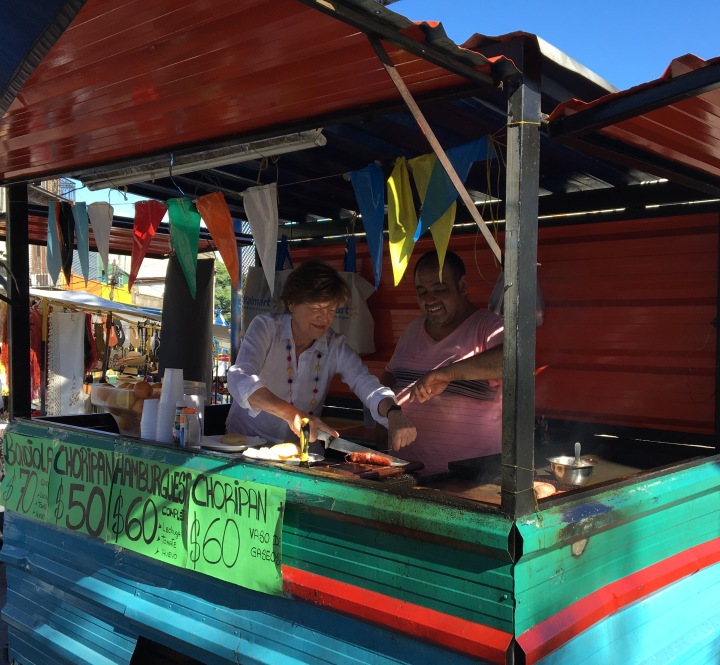

Thanks to Yampu’s pre-arranged, half-day city tour with a driver an expert young guide – a porteño brimming with facts and pride – we scooted around and through neighborhoods to the Plaza de Mayo, the main square and the financial, administrative and political hub of the city, if not the country.
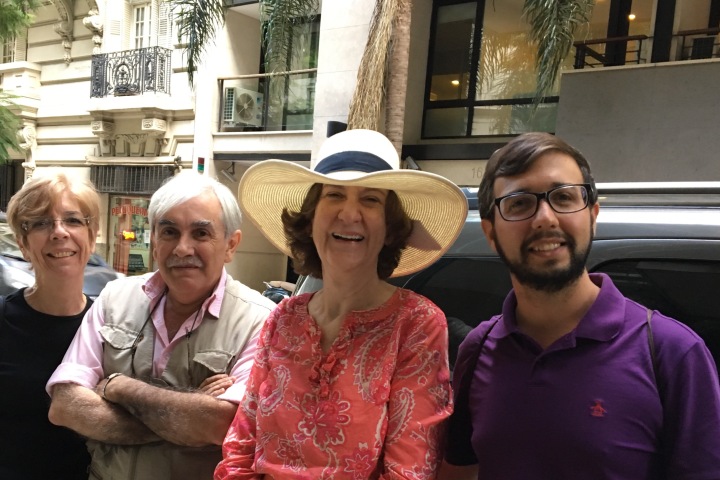

The presidential palace, the Casa Rosada sits at the ‘top’ of the square with a commanding presence. Its pink hue comes from oxblood, a sign of wealth and prestige when it was built in the 19th c.
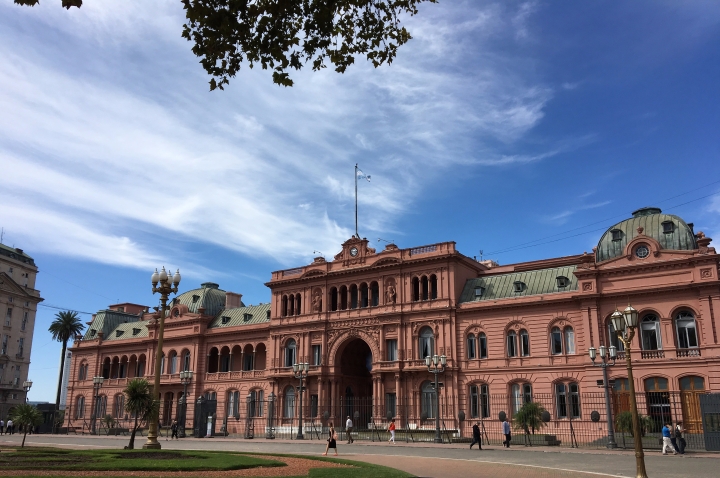

There is a special place in the hearts of porteños for Pope Francis, the first non-European pope. A porteño himself known as Jorge Bergoglio, he served as a priest, and later Archbishop, at B.A.’s Catedral Metropolitana.
The cathedral pays homage to Argentina’s revered liberator (from Spanish rule), General José de San Martín, in a beautiful side mausoleum complete with a military honor guard.
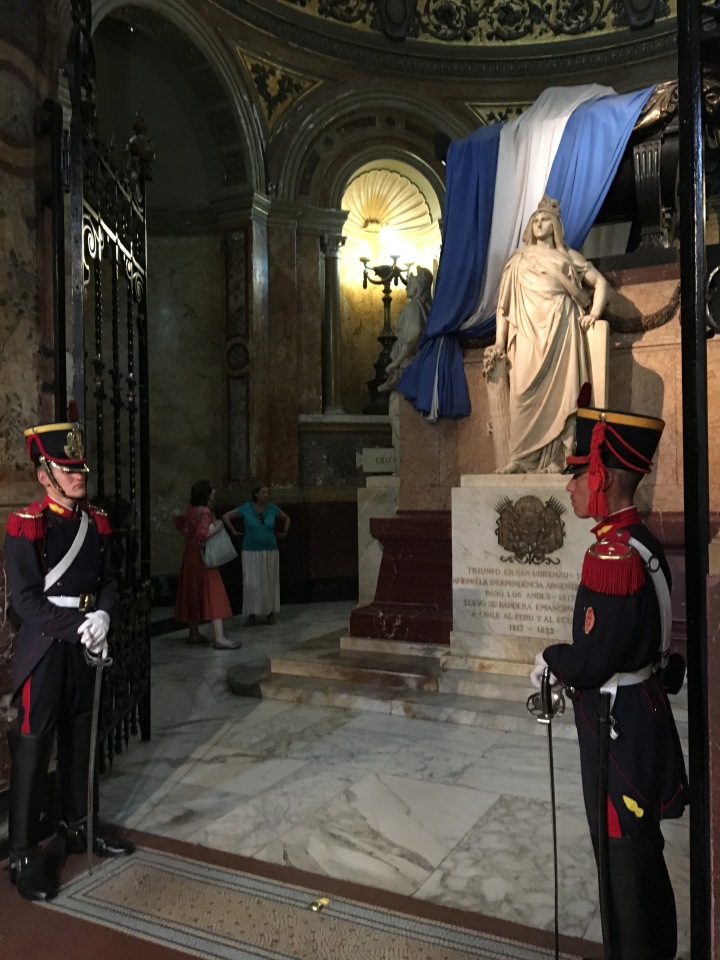

After Argentina, San Martín crossed the Andes to liberate Chile, Peru, and Ecuador, too. No small feat.
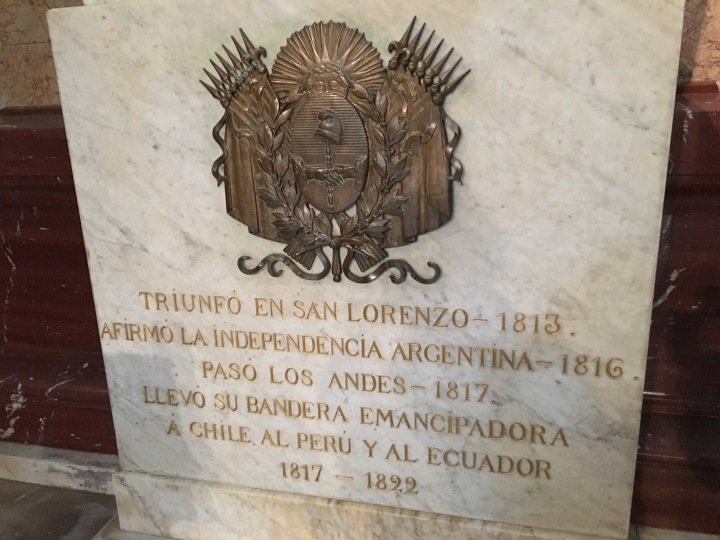

We circled back to our “home base”neighborhood, Recoleta. Residential and upscale, it emotes an elegant, cultured European vibe with beautiful shops, restaurants and parks (dog walking is HUGE). If it’s nasty outdoors, take in the old masters and other vibrant art at the Museo Nacional de Bellas Artes.
My favorite shop in Recoleta was the gaucho/pampas-inspired Arandu. Gear for the serious horse-person; a treasure of leather goods, hats and cowhide rugs for the rest of us. I love hats (and cows), so…
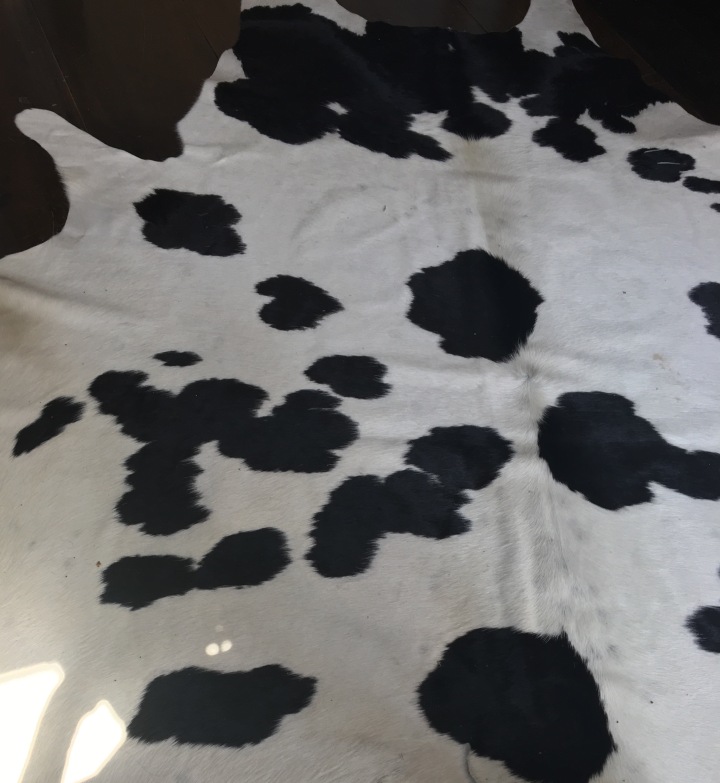

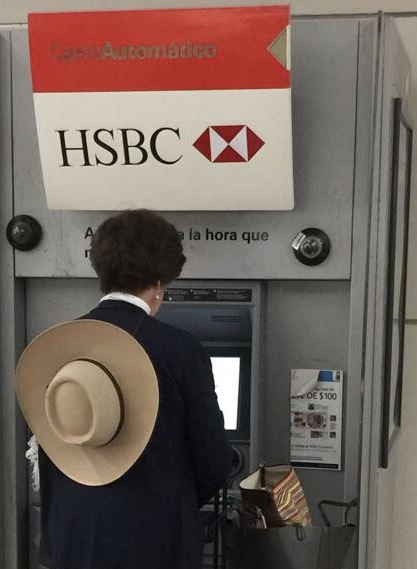

Did I go to the pampas or what?
2. Staying at the Algodon
We stayed in Recoleta at the Algodon Mansion, a lovely Relais and Châteaux property of 10 rooms and impeccable, friendly service.
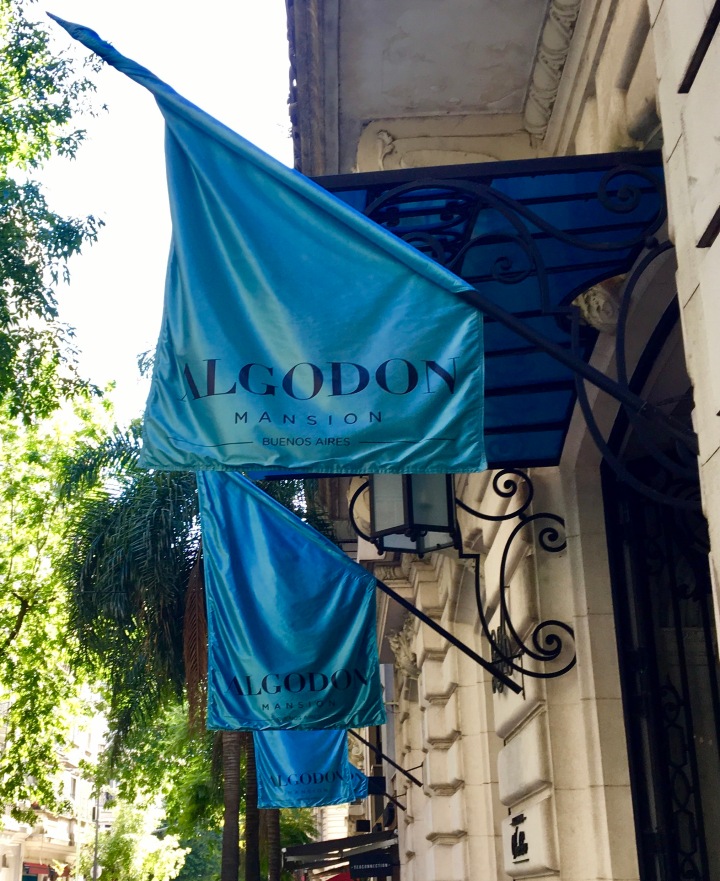

It was recommended by Yampu, who certainly know their clientele. While a bit of a splurge, it was well, well worth it. Book here if you can.
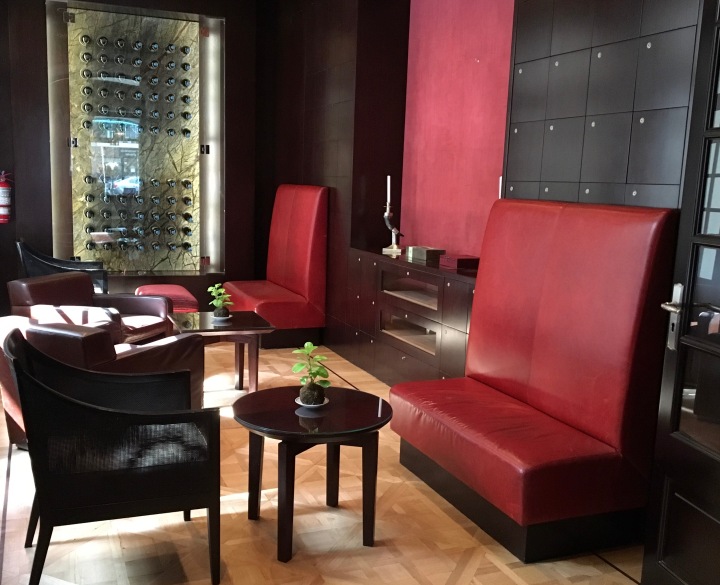

The cozy lounge, with complimentary wine, was the perfect spot to gather each evening before heading out to dinner at Soto Vocce, a lovely Italian restaurant a short walk away.
3. Cementerio de la Recoleta and Cafe La Biela
The Recoleta Cemetery is go-to in Recoleta, a warren of narrow streets neatly lined with ornate, marble tombs and mausoleums in a patchwork of architectural styles and gradations of religious grandeur. Some are mini chapels, spotless and preserved for the ages; others abandoned and not so well-maintained. Somehow the cemetery manages to be neither creepy nor sad. The statuary alone is worth the visit. 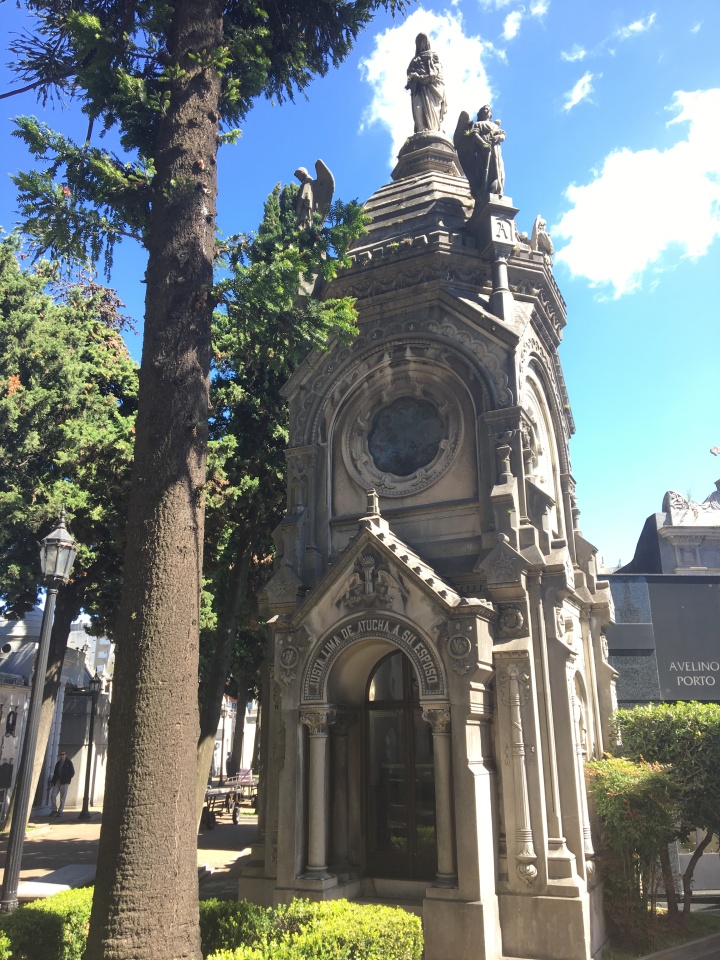

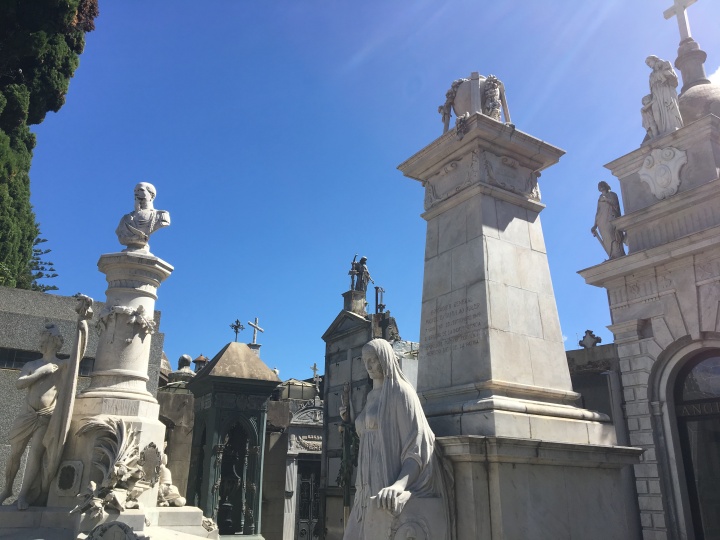

Perhaps the most well-known residents of this “city of the dead” is the infamous Eva Peron. A heroine of the Argentine working classes, it was twenty-five years before she was finally interned here and then amongst her father’s family, Duarte.
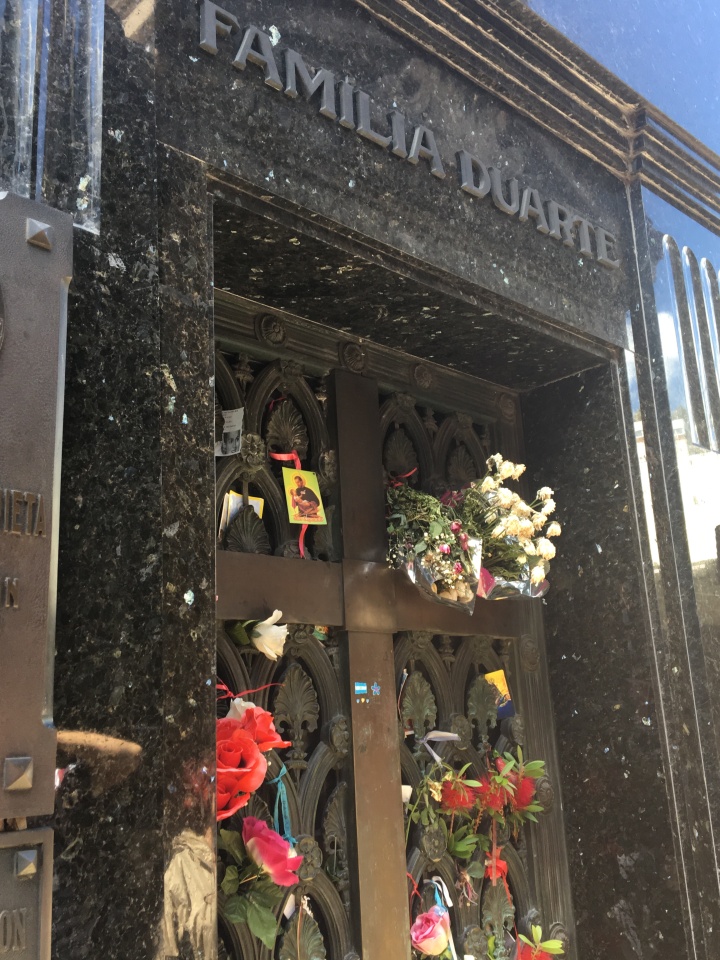

While Eva may be the ‘must see’ among the quiet burial vaults that meander in a labyrinthine fashion, there are other tombs to look for. Here’s a list of ‘top 10’ I wish I’d had….
Afterward, a short stroll away a restorative coffee awaits at Cafe La Biela.
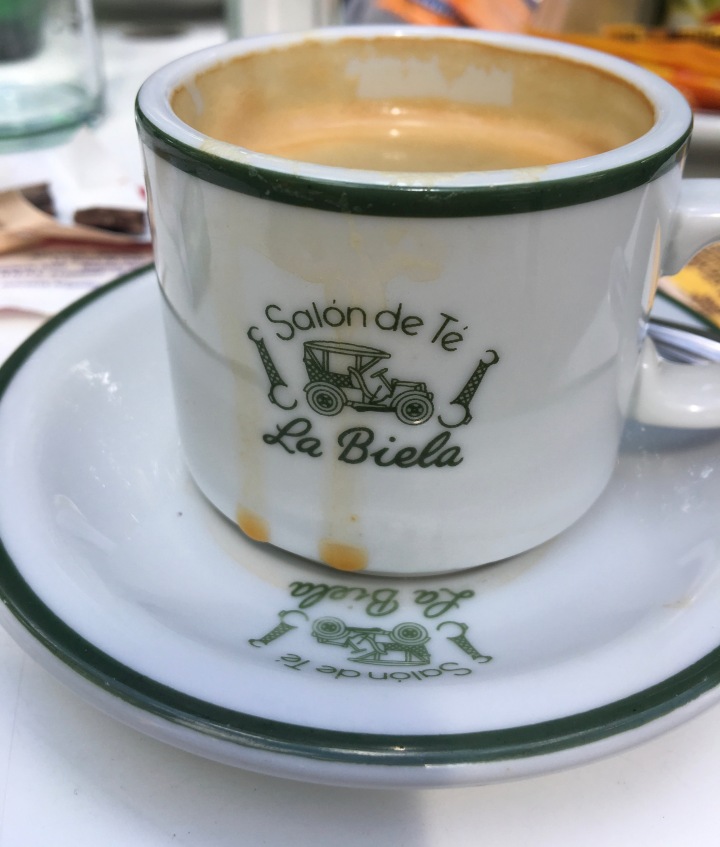

La Biela is B.A.’s answer to Paris’ Les Deux Magots and every bit as chic. A pleasure to sit under the enormous sheltering gum trees and enjoy probably the best people watching in all of Buenos Aires. This is a ‘must do’ item: I can attest only to the splendid coffee but lunch, dinner, etc. are available.
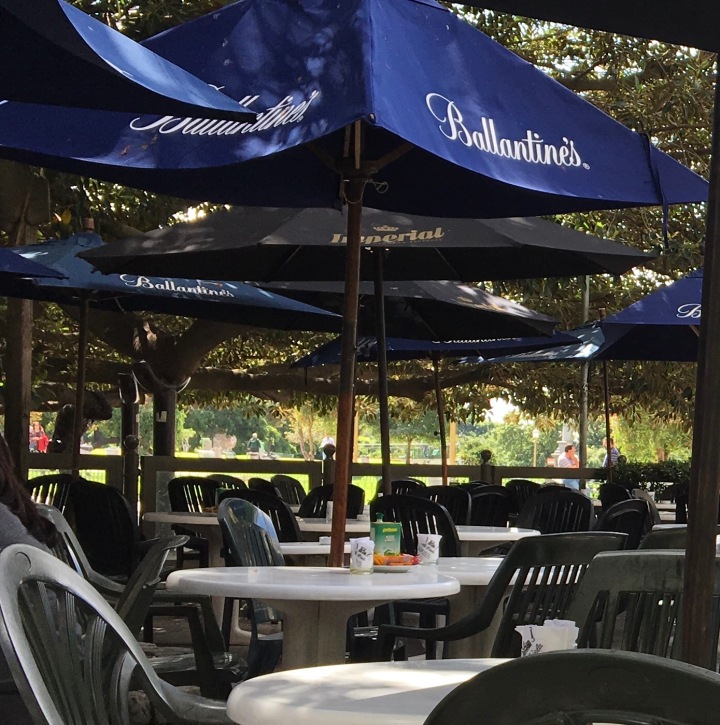

4. A Day with the Gauchos at Estancia Santa Susana
Yampu suggested a break from Buenos Aires in the form of a day-trip to the near by Estancia Santa Susana. It was the full works: a tango and dance demo, self-guided tour of a lovely 19th-century ranch home befitting the wealthy and sophisticated European-heritage landowners who lived there, and, best of all, the Gaucho “show”.
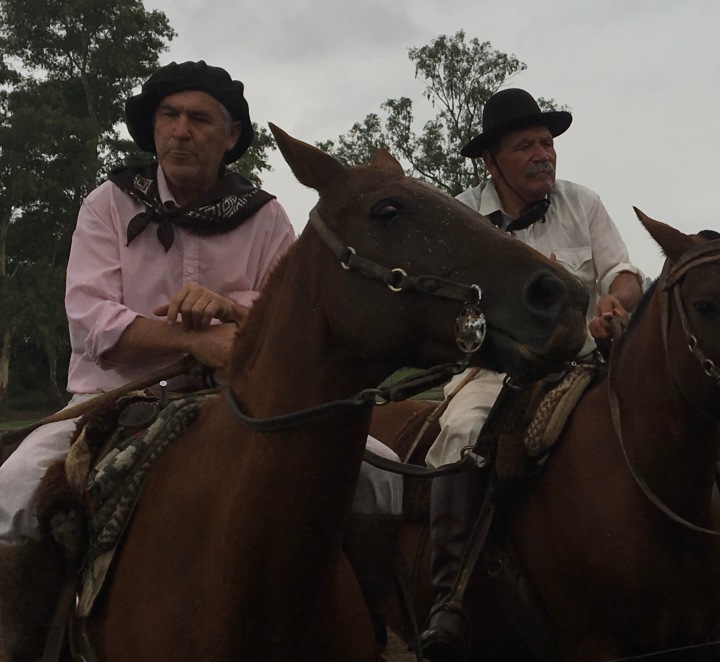

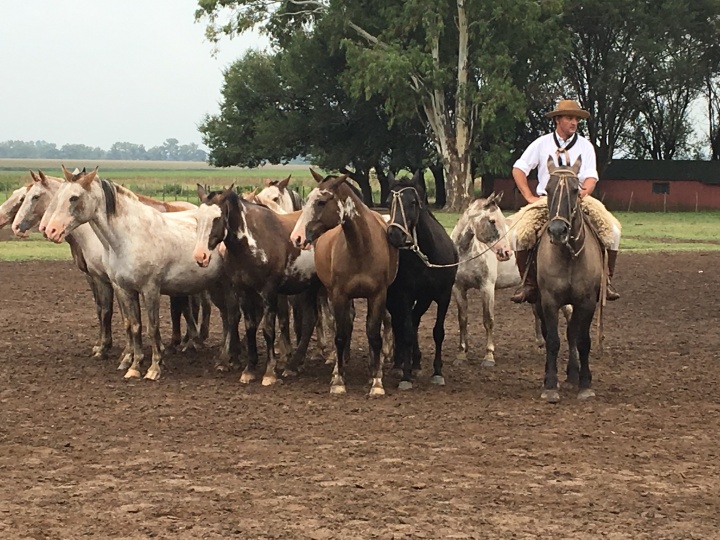

I’m not a rider – not even a horse person – so the riding option was lost on me, but it’s hard to resist admiring these creatures for their unique beauty and grace. (I’m talking horses, here.)
The most fun was the reenactment of a once-common test of riding skill, the ‘ring game’. A brass ring is attached to a leather strap, hanging at eye level of the astride rider. At a gallop, the gauchos ride 3 abreast toward the hanging rings, each holding a pointed metal rod. The ‘game’ is to thread the ring onto the rod and then present it, with a kiss, to an admiring, or an admired, Senorita.
Apparently an effective ice breaker in days of old, combining horsemanship with an approved courting ritual. It’s still a crowd pleaser and the ladies in the gallery were delighted to be presented with the ring and a chaste kiss from a muy handsome gaucho.
In keeping with the pampas/cattle theme….. a showcase of cow-bone furniture!
Gauchos, often indentured immigrants, were not well-paid, so this was clearly an inventive form of recycling. Amazing, no?
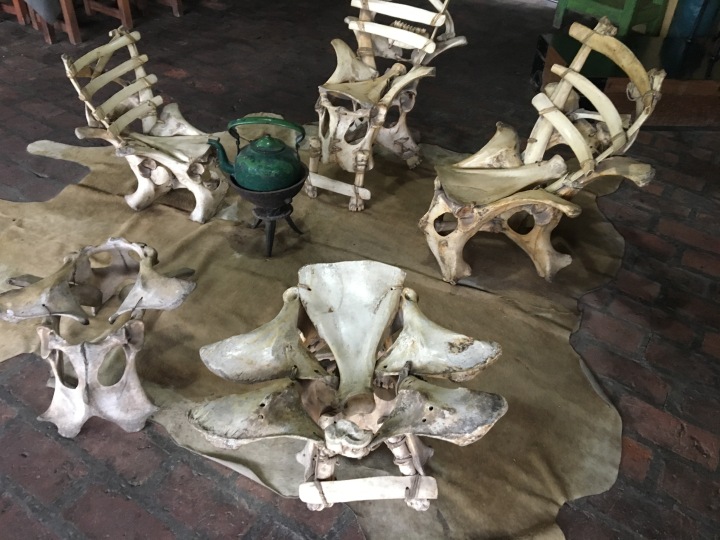

5. Architectural Tour with Context Travel
I’ve used Context Tavel in several cities and have always loved their walking tours. They are focused, with small groups and excellent, excellent docents, mostly moonlighting academics. The payoff is not only full-depth knowledge but also good ‘teacher’ skills. A wonderful afternoon exploring the city’s architecture with Context Travel provided a deeper dive into the Euro-centered history and culture.
And thus was the Belle Epoque architecture tour with Juan Pablo Pekarek, a porteño who teaches at the Universidad de Buenos Aires and consults with the federal government’s cultural ministry. A few takeaways from Juan’s tour:
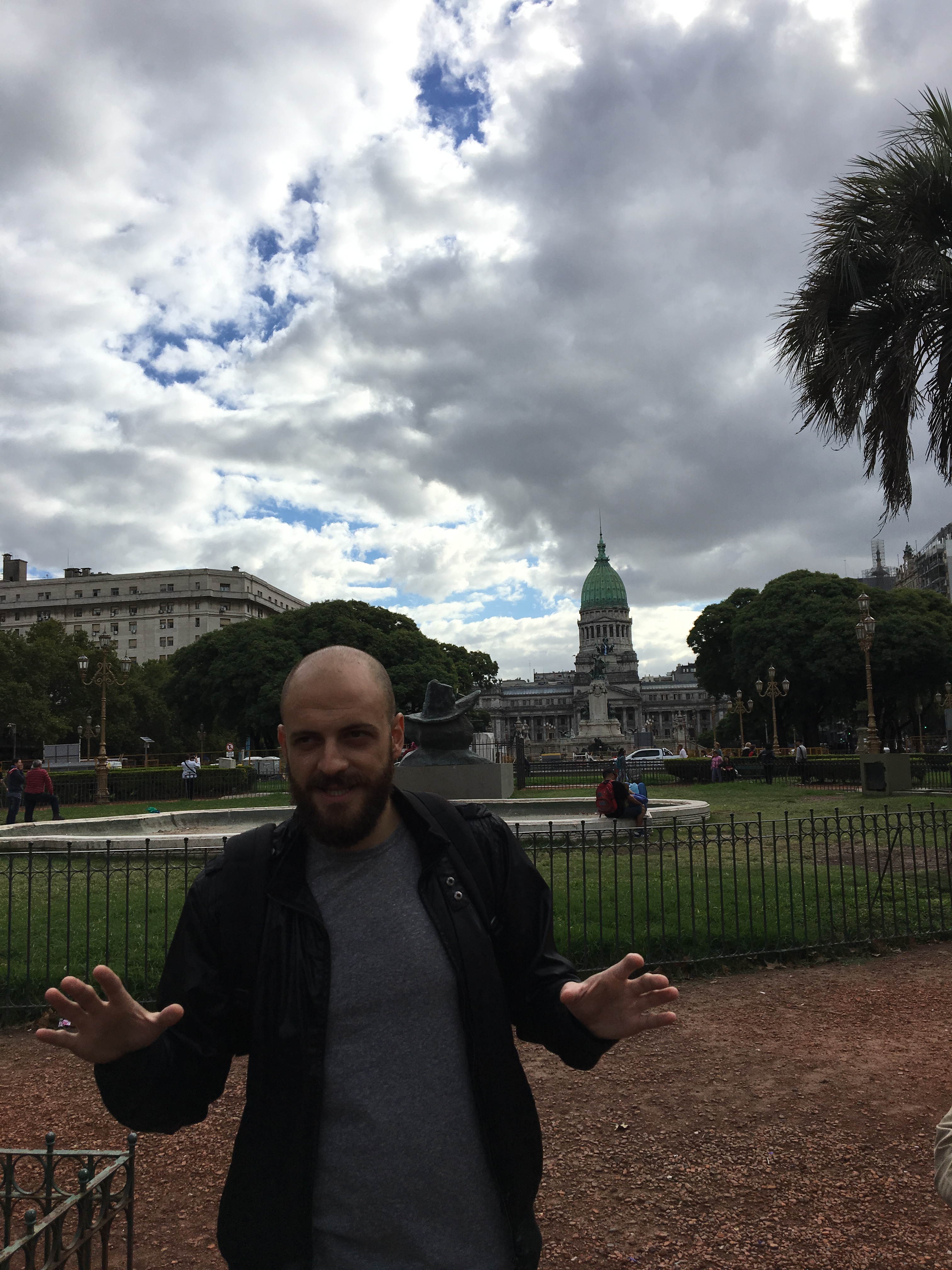

-
Buenos Aires strove to replicate European (French/Italian) styles of the Renaissance, never mind they were built long afterward, in the early 20th century.
-
Skill Italian immigrant workmanship was used to evoke stone edifices, cleverly painting trompe l’oeil lines in concrete to create the impression of stonework.
- The Spanish-heritage ‘ruling elite’ coveted French and Italian architecture, furniture, public spaces in the 19th century, after Argentina became independent from Spain. It wasn’t until the early 20th century that the B.A.’s Spanish heritage was embraced but the ruling class.
The 60-plus first-timers’ guide to Buenos Aries:
- Book with a travel agent, don’t go DIY. I’ve always planned my own trips, working from recommendations and research. But I didn’t know B.A.; it was part of a larger interest in Argentina and didn’t know where to start. Yampu Tours planned a tour mindful of interests of 3, 60-plus friends and provided tailored experiences that gave us a sense of the culture and history of this polyglot city. This was most definitely not a ‘one size fits all’ itinerary. I’ll definitely use them again. (This is not a sponsored post – I just had a great experience!)
- Consider a tour with Context Travel. It will be a treat you give yourself, and well worth the modest cost. The tours require walking, are about 3 hours in length.
- Consider traveling during ‘shoulder seasons’ – March-April or September-October. Some real economies to be found, fewer tourists, and venues not crowded.
- Take it easy. This was maybe the first trip where I consciously didn’t pack every minute. And you know what? I savored everything and came back refreshed, not ragged. I missed several important museums, including MALBA (despite strong recommendations from friends) and left a few things on the table: specifically the fast-ferry day trip to Colonia, Uruguay, and the tour of B.A’s magnificent Opera House. Tough decisions, but with a loosened schedule everything else was richer and calmer. Chose wisely and well – and stay flexible for the unexpected!
Would love to know of your experiences in Buenos Aires, or tips you have to share!
Adios and cheers,
Jane
See more of Jane’s work at 3 Score & More.
Tags:

